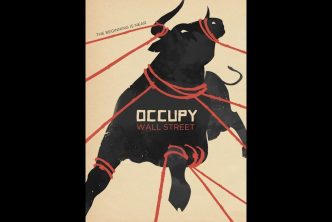Digital representations of food (food texts) have become mainstream content on social media sites and digital streaming sites. While they accomplish some similar goals to their analog counterparts (e.g. in-print cookbooks), like communicating information about the food’s preparation or what its consumption would be like, the surplus of food texts has been ushered in by a transformation of media infrastructure such as the internet, cameras on cheap mobile phones, and digital social network platforms. The creators of the bulk of food texts have shifted from authority figures in the field to anyone who dines out and goes online. With this shift in media ownership comes a change in status — from expert to everyone. As a result, the dynamics of food discourse has also changed. I use interviews and ethnographies with fine dining chefs, food industry professionals, and media makers to illustrate these convergences and divergences in the creation and consumption of food texts today. TL;DR: While the underlying purpose of the construction and consumption of food texts remain the same from analog to digital form, the authority of food culture and its complimentary narrative control has shifted as a result of the convergence of food texts and digital media affordances.
Internet Killed the Michelin Star: The Motives of Narrative and Style in Food Text Creation on Social Media

While the underlying purpose of the construction and consumption of food texts remain the same from analog to digital form, the authority of food culture and its complimentary narrative control has shifted as a result of the convergence of food texts and digital media affordances.




